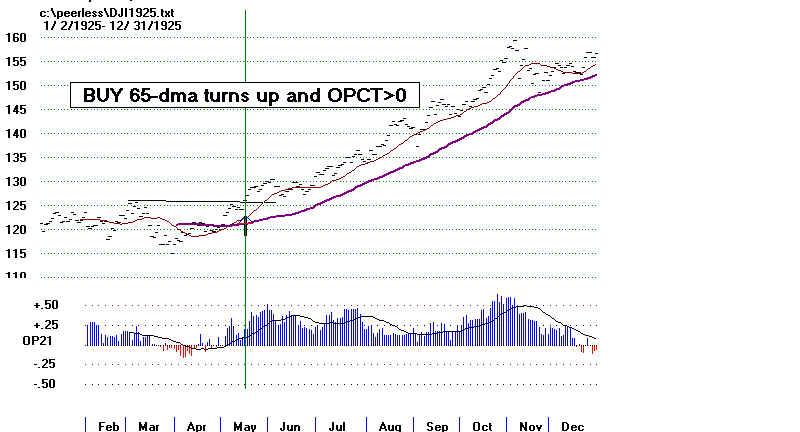http://en.wikipedia.org/wiki/Florida_land_boom_of_the_1920s
Florida land boom of the 1920s
From Wikipedia, the free encyclopedia
The Florida land boom of the 1920s was Florida's first real
estate bubble, which burst in 1925, leaving behind entire new cities and the remains
of failed development projects such as Isola di
Lolando in north Biscayne Bay. The preceding land boom shaped Florida's future for
decades and created entire new cities out of the Everglades land that
remain today. The story includes many parallels to the modern real estate boom, including
the forces of outside speculators, easy credit access for buyers, and rapidly-appreciating
property values.[citation needed]
By the 1920s, its economic prosperity had set the conditions for a real estate bubble
in Florida. Miami had an image as a tropical paradise and outside investors across the
United States began taking an interest in Miami real estate. Due in part to the publicity
talents of audacious developers like Carl G. Fisher of Miami
Beach, famous for purchasing a huge lighted billboard in New York's Times Square
proclaiming “It's June In Miami”,[1]
property prices rose rapidly on speculation and a land and development boom ensued.[2]
By January 1925, investors were beginning to read negative press about Florida
investments. Forbes magazine warned that Florida land
prices were based solely upon the expectation of finding a customer, not upon any reality
of land value.[3]
New York bankers[who?] and the IRS
both began to scrutinize the Florida real estate boom as a giant sham operation.
Speculators intent on flipping properties at huge profits began to have a difficult time
finding new buyers. The inevitable bursting of the real estate bubble had begun.
On January 10, 1926, the Prinz Valdemar, a 241-foot,
steel-hulled schooner, sank in the mouth of the turning basin of Miami harbor. The old
Danish warship had been on its way to becoming a floating hotel.[4]
 The Prinz Valdemar, capsized and
blocked the port of Miami for several weeks in January of 1926, helping to usher in the
end of the real estate boom. Florida Photographic Collection
The railroads, already strained by the burden of transporting both food and
building supplies, had already begun raising shipping rates. When the sea route to Miami
was blocked, the city's image as a tropical paradise began to crumble. In his book Miami
Millions, Kenneth Ballinger wrote that the Prinz Valdemar capsize incident
saved a lot of people a lot of money by revealing cracks in the Miami fašade. “In
the enforced lull which accompanied the efforts to unstopper the Miami Harbor,” he
wrote, “many a shipper in the North and many a builder in the South got a better
grasp of what was actually taking place here.”[5]
In October 1925, in an effort to improve Florida's clogged rail system, the railroad
companies placed an embargo on all railway goods other than food, which further
contributed to Florida's skyrocketing cost of living.[citation needed] New buyers failed to
arrive, and the property price escalation that fueled the land boom stopped. The days of
Miami properties being bought and sold at auction as many as ten times in one day were
over. The first Florida real estate bubble had burst.
The next year brought the 1926 Miami Hurricane, which drove
audacious Biscayne Bay development projects such as Isola di Lolando into bankruptcy. The 1928 Okeechobee Hurricane and
the Wall Street Crash of 1929 continued the catastrophic
downward economic trend, and the Florida land boom was officially over as the Great
Depression began. The depression and the devastating arrival of the Mediterranean
fruit fly a year later destroyed both the tourist and citrus industries upon which
Florida depended. In a few short years, an idyllic tropical paradise had been transformed
into a bleak, humid remote area with few economic prospects. Florida's economy would not
recover until World
War II.[citation neede |

